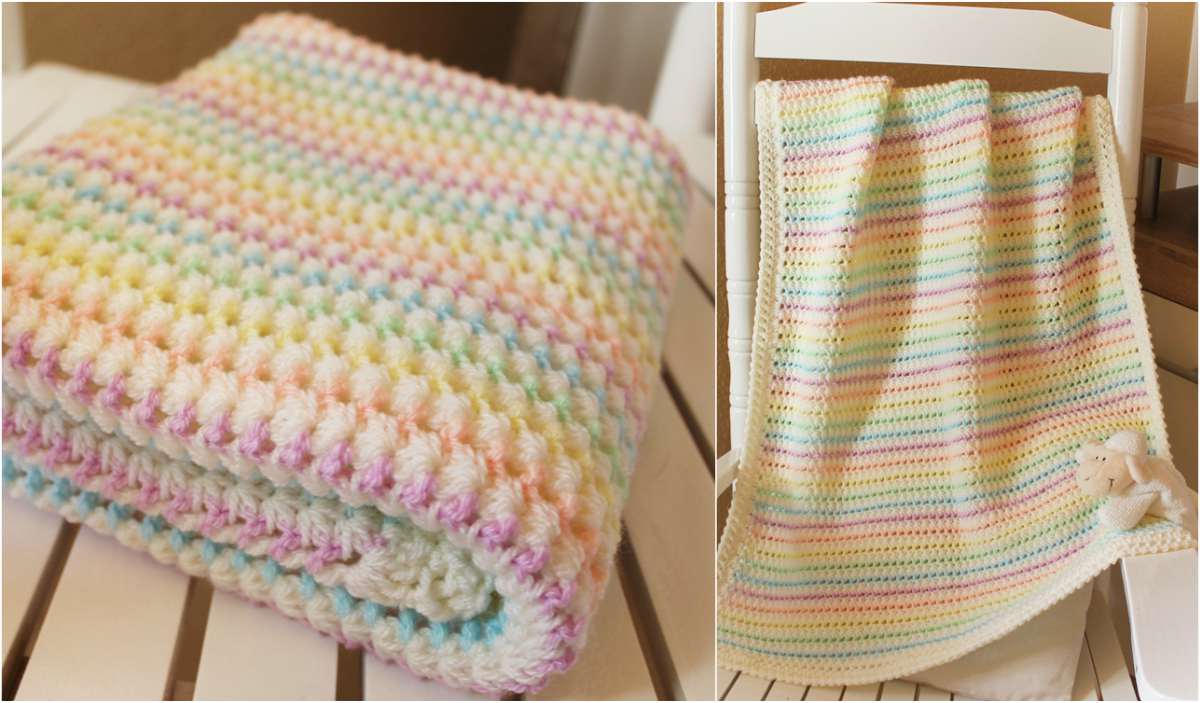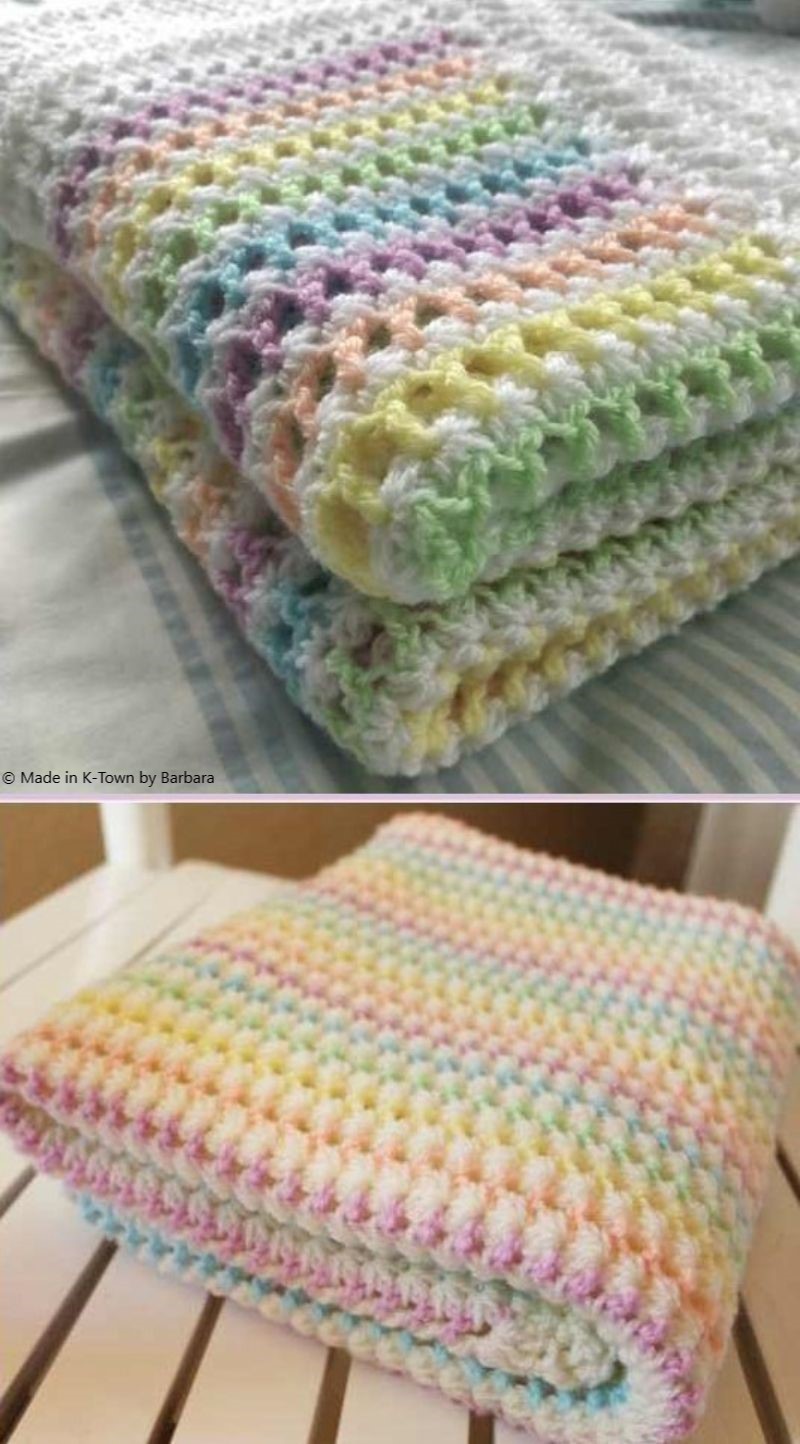More popularly known as liquid porcelain tiles, monolithic floors are those that have a smooth and even appearance without grouts, offering a beautiful aesthetic finish with full surface leveling. This type of material has been available for many years and is widely used in situations where high resistance to mechanical abrasive attacks, chemicals and the proliferation of microbes such as clinics, clinics, operating rooms and others. In today’s post you will learn more about this and also learn how to make a beautiful Starlight Baby Blanket Pattern.
Widespread in industrial environments, this material has become a trend in decoration along with burnt cement, which seeks a level floor and without grouts. Therefore, we increasingly find this type of resin in residential environments. It is a flexible alternative that can be applied under other floors, including concrete, cement, slate, stones and ceramics.
However, before being applied, it is necessary to evaluate exactly the flatness of the surface, and in general a pre-application treatment can be done by the same contractor as it is a very delicate process.
Free Pattern Available: Starlight Baby Blanket Pattern
It is very common for those who begin to get involved in building materials to confuse ordinary porcelain and liquid when first seeing them, but their differences are evident and it is possible to distinguish them quite easily. The common porcelain tile is made of solid ceramic tiles, applied side by side with grout, that is, there is a separation between them. Liquid porcelain tile is a uniform, waterproof resin that covers the entire applicable area without grouting, splitting or splice.
Although smooth flooring is one of the most popular options, there are still models that have more than one color and those that have a 3D effect. To achieve this goal, prior to resin, an illustrated adhesive is applied. The end result is an optical illusion. In this way it is possible to imitate the appearance of nature, the seabed, artwork and others in their decoration. The best known resin of liquid porcelain is epoxy, however it can also be made of other substances such as urethane and polyurethane.
In addition to differences in composition and final aesthetics, the application process may be different and even have particularities between one material and another. All of them have broad chemical resistance, but the epoxy is not resistant to UV rays, which makes it impracticable to use in outdoor areas that receive light. In these cases the ideal is to use polyurethane that is more resistant to UV rays and has a higher chemical resistance. For indoor areas, epoxy remains the most suitable. The other substances are more geared towards industrial areas that may receive a stronger chemical attack. Now that you know what to do about starting to use liquid porcelain in your home?
Are you enjoying it? Also check out these Free Patterns:


